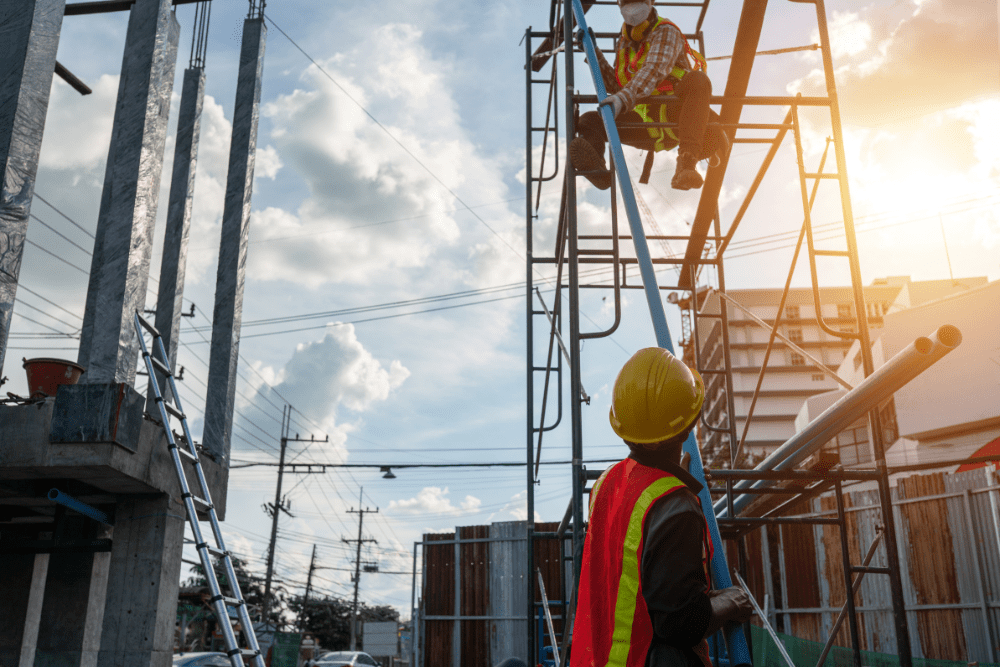Managing physical security risks for critical infrastructure is now more important than ever, especially with the CIRMP rules that are in full effect. Here is everything you need to know about conducting physical security risk analysis for critical infrastructure—improving risk resilience and ensuring compliance.
CIRMP rules and physical security risks
Section 3 and subsection 11(2) of the CIRMP rules define physical security risks as “unauthorised access to, interference with, or control of CI assets, that can compromise the proper functioning or cause significant damage to the asset”.
Subsection 11(1) of the CIRMP rules details the procedures that must be followed to address physical security and natural hazard risks.
The procedures include identifying the physical critical components of CI assets, responding to incidents where unauthorised access to physical critical components is recognised, controlling and limiting access to the components including restricting physical access to non-mandatory personnel, and regularly testing physical security arrangements to effectively “detect, delay, deter, respond to and recover from a breach”.
Conducting physical security risk analysis for critical infrastructure
As the CIRMP rules necessitate the need for physical security risk identification and management, a risk analysis can be valuable in helping CI entities navigate this environment.
To conduct an effective physical security risk analysis, CI organisations must first audit their physical site/facility, operating procedures, and the systems that are currently in place to mitigate physical security risks.
This allows organisations to identify the strengths and vulnerabilities of the asset and note any out-of-date infrastructure that could pose a threat to the asset. It also gives a more comprehensive view of the asset protection procedures and emergency response plans that are in place. Additionally, reviewing the physical security systems allows CI organisations to know whether access control systems, surveillance cameras, key management systems, and other similar systems are operating at their intended capacity.
This process also involves taking note of all the threats and vulnerabilities associated with the CI asset through procedures such as site visits and interviews with operational and management personnel. It is recommended that the data collected from these procedures be stored in a centralised system for easy access.
Next up is identifying the risk factors associated with the asset. Risk factors may include location, workforce and facility size, staffing and surveillance levels, security system presence, and even external factors such as local crime rates. A thorough understanding of these factors provides a more complete picture of the CI asset’s risk profile.
With the threats, vulnerabilities, and risk factors understood, CI organisations can now engage in assessing these risks. This involves evaluating the likelihood of occurrence and severity of the impact of all potential risk events, allowing the organisation to prioritise the management of more severe risks and allocate resources accordingly.
Minimising physical security risks for critical infrastructure
With a physical security risk analysis conducted, CI organisations can then formulate a range of mitigation strategies to minimise or in some cases, eliminate physical security risks.
These strategies may include:
- Preventing access through unauthorised external means to internal control systems such as HVAC systems, fire alarms, and surveillance systems.
- Hiring internal security teams to monitor and ensure the security of critical asset components.
- Installing CCTV, motion detection sensors, and surveillance systems to detect intruders.
- Improving resilience in infrastructure through contingency and emergency response plan development, and hazard simulations.
- Incorporating physical access controls like biometric scanners and access keys into the existing security system.
Improve critical infrastructure security with a physical security risk analysis
Managing physical security risks is key to establishing higher risk resilience in critical infrastructure, and with the CIRMP rules in effect, ensuring compliance.
As per Subsection 11(1) of the CIRMP rules, identifying physical critical components of CI assets, responding to unauthorised access conditions, controlling access, and regularly testing physical security arrangements are vital.
Analysing physical security risks enables CI organisations to meet all these requirements, improving risk resilience and ensuring compliance.
Get on board with SECTARA and enjoy our risk management solutions for critical infrastructure security
Designed and developed by industry experts, SECTARA will improve operational efficiency, enhance physical security, mitigate cybersecurity risks, and improve the overall resilience of your critical infrastructure entity.
Our solution will help you ensure compliance with the CIRMP rules, alongside local and global standards and best practices for risk management such as ISO 31000, NIST, ISO 27005, PSPF, and more.
Our risk management software is designed for simplicity, precision, and accessibility so that any level of risk practitioner can take advantage of its capabilities.
Try out SECTARA for free for 14 days. Sign up for the free trial by clicking the button below.





